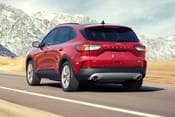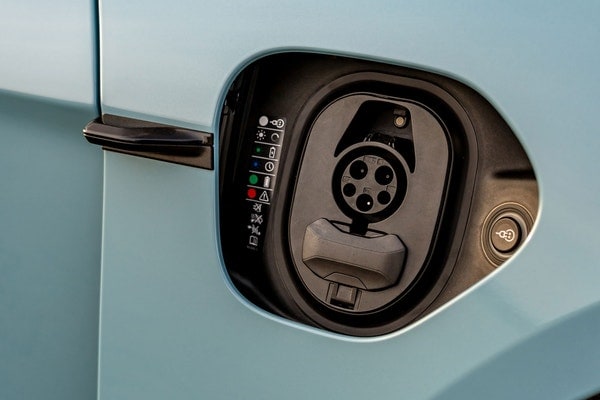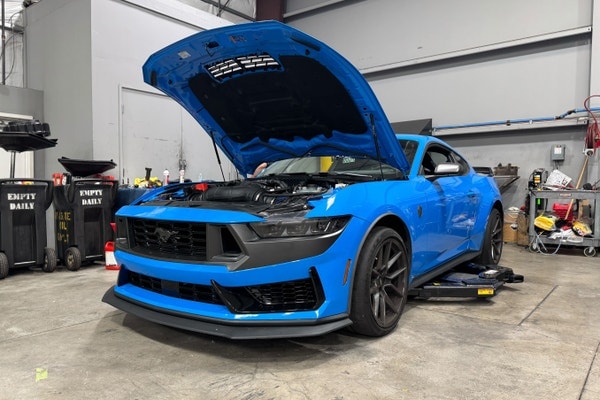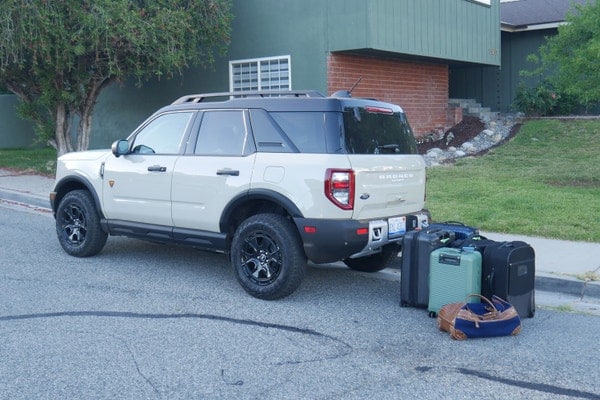The Escape offers five driving modes: Normal, Eco, Sport, Slippery, and Snow and Sand. Note that Snow and Sand is intended for deep snow; for icy conditions, a driver would choose Slippery. The different modes change the throttle response, transmission shift points, cylinder deactivation timing and, in the case of Sport, steering feel. Cycling through the modes changes the graphic display on the optional all-digital instrument cluster and provides noticeable differences in driving feel. Normal and Eco will probably be most people's preferred settings, but a twisty mountain road might call for a bit of Sport.
It isn't just drive modes and engine options that affect the Ford Escape's on-road manners. The 2020 Escape is lighter by 200 pounds than the previous-generation model, and that's after adding in more sound deadening, a stiffer suspension and a vibration-absorbing rear subframe. All that strengthening and cushioning should add weight. But because Ford made use of lighter, stronger steels and aluminum, the engineers were able to make components such as the roof pillars and suspension parts thinner. The result is not only a car that feels solid yet responsive, but also improved visibility since you aren't looking around massive front and side pillars.
Ford's Co-Pilot360 safety system has one of the smoothest adaptive cruise controls we've experienced in the small SUV segment. It neatly brings the Escape down to a full stop and accelerates back up to highway speed when traffic clears. Graphics in the dash also warn of stopped traffic ahead. And should you fail to react, emergency braking will apply the stoppers. The Escape also has a lane centering feature. Unlike lane keeping, lane centering constantly reacts in small movements to keep the vehicle in the middle of a lane. You might find it useful in certain situations, but it does make the steering feel overly light. For driving enjoyment, you'll want to keep that feature turned off.










